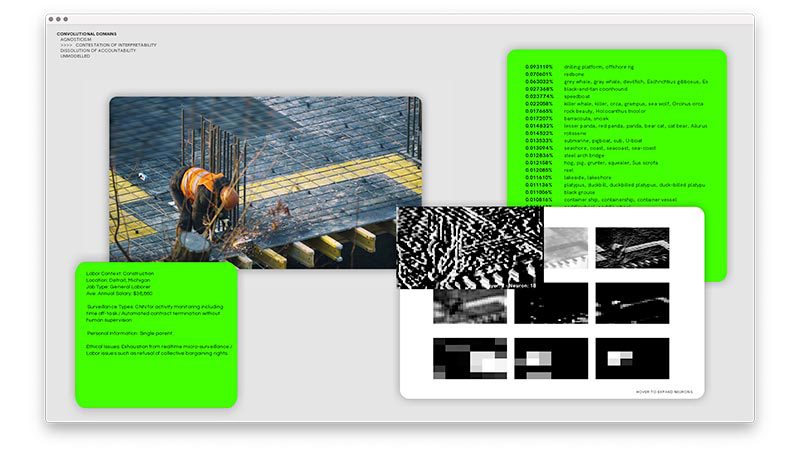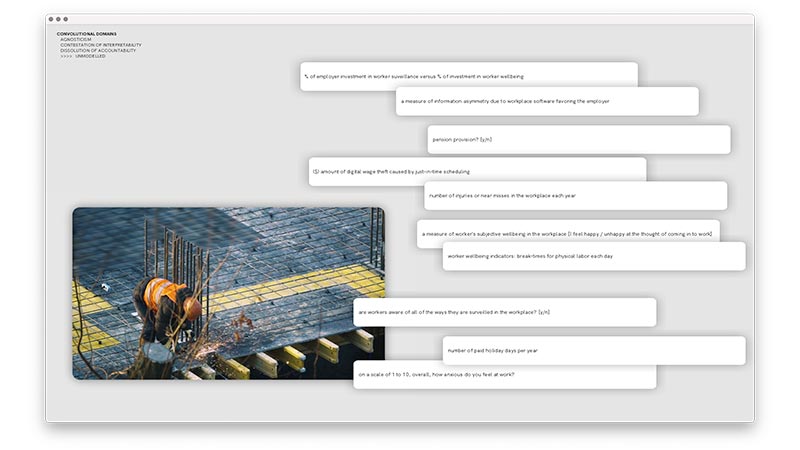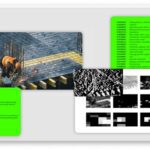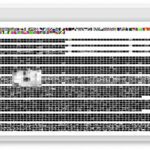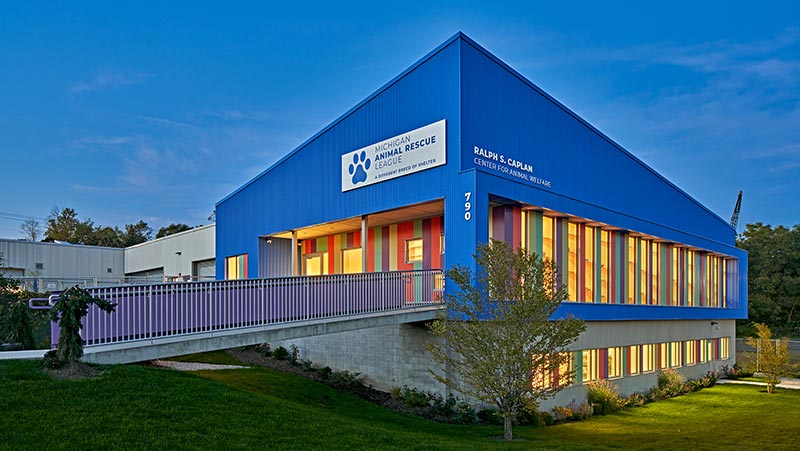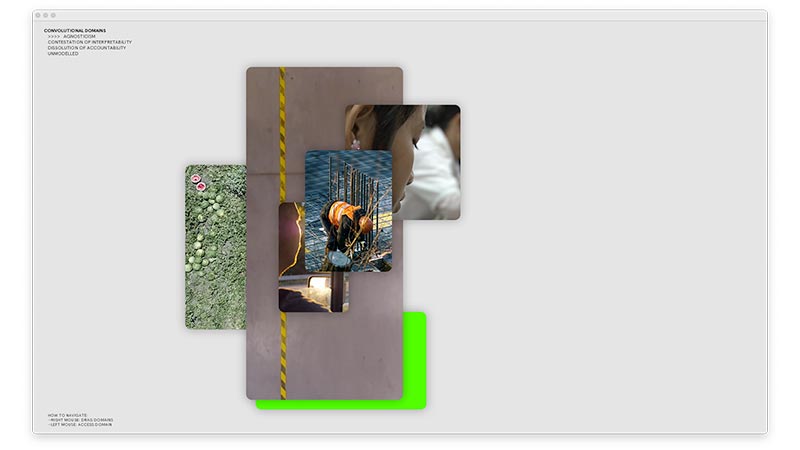
Convolutional Domains
Published:
03/16/2022
Convolutional Labor Domains is an excerpt of a larger critical software development project that investigates the emerging application of convolutional neural networks to monitor productivity in the workplace. ConvNets are a type of machine learning used to surveil micro-movements of workers’ bodies to predict performance. The construction industry frames the application of ConvNets as a health and safety tool; however, the source code in one prototype reveals that drinking water is encoded as non-productive time.
Such algorithms are part of a broader discourse about the use of AI management tools and the increasing robotization of workers’ bodies, extending a long history of the critique of labor and automation. Using an approach that includes the visualization of algorithmic structure and process and critical code studies, the algorithm is made available to critique by a broader public with different stakes in the issue.
This presentation uses the architectural structure of the window to structure a visualization of the algorithm. The photographic image provides the input node of the network, while consequent nodes show the algorithms’ processing of the image, ultimately leading to a productivity summary. Visually, the work questions the shifting hierarchy of algorithmic interpretation versus human meaning regarding workers, bodies, and the workplace..
Faculty:
Catherine Griffiths





